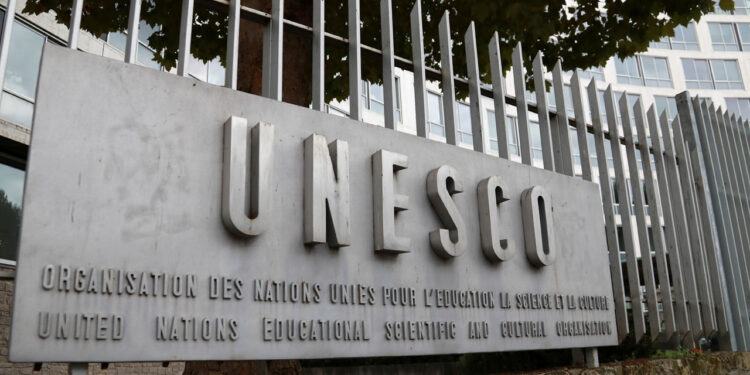In Africa’s vibrant fashion ecosystem, technology and digitization are opening up new avenues for growth for the continent’s fashion designers.
According to a Fashion report by the United Nations Educational, Scientific and Cultural Organization (UNESCO), the impact of “digitization has tremendously, enabled those previously constrained by limited domestic markets to reach a much wider regional and international customer base without delocalizing.”
At the forefront of this transformation is the growth of e-commerce in recent years, with the number of active paying customers in Africa increasing from 13% of the general population in 2017 to 28% in 2021, totalling 334 million users.
What you should know
What’s worth noting is that projections indicate an even more substantial increase, with the share of active e-commerce customers expected to reach 50% by 2025.
This digital revolution has further solidified the digital economy’s role as a significant driver of growth, contributing to over 5% of the continent’s GDP. The figures speak volumes.
The statistics in terms of digital penetration are equally compelling. Sub-Saharan Africa, with 816 million mobile SIM connections and 77% penetration, stands as a testament to the digital revolution’s magnitude.
The Middle East and North Africa, boasting 712 million connections with 116% penetration, are not far behind.
One remarkable aspect of this transformation is the inclusivity it offers. Regardless of the size or formality of fashion enterprises, they are leveraging the vast expanse of the internet and social media for marketing and distribution.
This has enabled them to effectively tap into local, regional, diaspora, and international markets.
For instance, local tailors and retailers are harnessing the potential of social media platforms such as WhatsApp, Instagram, and Facebook to connect with customers.
They are adeptly utilizing widely used mobile money payment systems across various African countries for both domestic and regional sales.
Fashion fintech is on the rise
The emergence of fashion fintech, a fusion of finance and technology, is a notable phenomenon. These enterprising individuals have taken centre stage in the fashion sector, facilitating access to more lucrative markets for designers. Their innovative solutions are reshaping the industry.
Furthermore, partnerships with global logistics companies have played a pivotal role in making e-commerce a viable and efficient avenue for business-to-business supply trade.
Among these, DHL has emerged as a key collaborator for numerous fashion e-commerce enterprises, often with the backing of development organizations.
Africa has not just embraced but pioneered mobile money systems, accounting for a remarkable 66.3% of global mobile money transactions in 2022.
The future holds even more promise, with the introduction of the Pan-African Payment and Settlement System (PAPSS), developed in collaboration with the African Export-Import Bank (Afreximbank) under the African Continental Free Trade Area (AfCFTA).
This system aims to facilitate efficient, low-cost money transfers across African borders, making payments in local currency a reality.




















